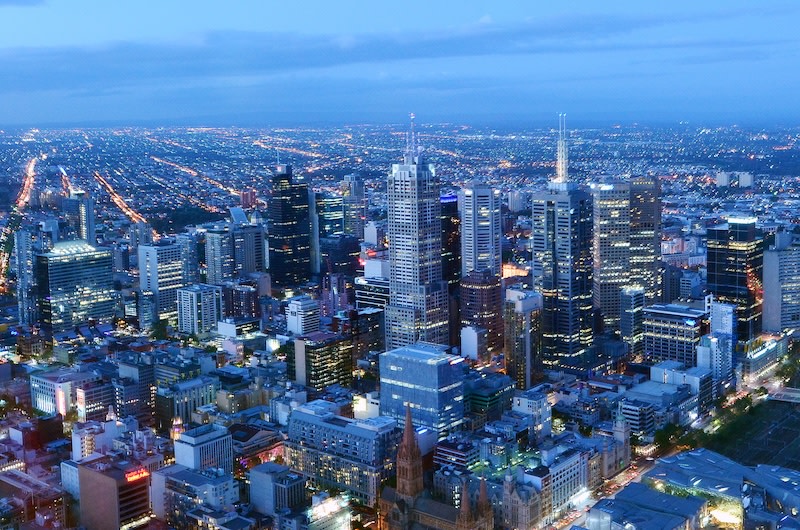Office Markets Recovery Uneven as Vacancies Stay High

Australia’s CBD office markets moved through an uneven recovery as vacancy remained elevated and tenants continued to reshape their space needs, according to Charter Keck Cramer’s latest Office Market Update.
Demand patterns shifted as organisations consolidated, adopted hybrid work and gravitated toward newer, higher-quality buildings, the report examining 2025’s second half said.
This transition widened the divide between premium office assets and older secondary stock, which struggled to retain tenants and pricing power, Charter Keck Cramer said.
Investment activity stayed subdued, with higher debt costs and softening yields weighing on both buyers and sellers.
Despite these challenges, several markets showed tentative signs of stabilisation, though the road to recovery was expected to be gradual rather than swift.
Sydney
Sydney’s CBD vacancy remained high, sitting at more than double its pre-pandemic level, according to the Charter Keck Cramer report.
Premium buildings absorbed space as tenants continued to trade up into better amenity, sustainability and connectivity.
Secondary stock faced persistent pressure as businesses consolidated and reduced their overall footprint.
Face rents held steady, but incentives remained elevated, particularly for older buildings struggling to maintain occupancy.
Major infrastructure work, including new metro links, was expected to support long-term demand.
However, the divide between prime and secondary assets widened and the broader market recovery remained fragile.

Melbourne
Melbourne remained the most challenged CBD office market, with vacancy sitting significantly higher than its long-term average, the report said.
Hybrid work adoption was more entrenched in Melbourne, contributing to subdued leasing activity and widespread consolidation.
Premium and A-grade assets recorded early improvements, including modest gains in occupancy and stabilisation in face rents.
Incentives remained high across the CBD, particularly in precincts carrying deeper levels of vacancy.
The opening of the Metro Tunnel was set to lift connectivity and support the improvement of several inner-city areas.
Buyer and seller expectations narrowed, raising the prospect of more transactions emerging later in 2025.
Despite this, Melbourne stayed in a prolonged recovery phase with older stock facing structural challenges.
Brisbane
Brisbane continued to outperform other capitals and remained one of the country’s strongest CBD office markets, the Charter Keck Cramer report said.
Vacancy dropped below pre-pandemic levels and sat well under the city’s long-term average.
Leasing demand strengthened, particularly among premium and A-grade buildings.
Face rents edged higher as construction and fit-out costs increased.
Flight to quality remained a defining feature, with amenity-rich and energy-efficient buildings capturing most enquiry.
A large proportion of new space due for completion in 2025 was already pre-committed, indicating confidence among occupiers.
Even so, investment activity stayed cautious and secondary assets continued to face valuation pressure.
Sector remains in transition
The national office sector remained in transition as tenants reshaped requirements and owners responded to evolving workplace expectations.
Quality continued to outperform, with premium buildings best placed to withstand vacancy and rental pressure.
Lower-quality stock faced accelerated obsolescence unless significant capital was invested in upgrades, according to Charter Keck Cramer.
The investment market remained subdued, though narrowing pricing expectations suggested more deal activity could emerge in late 2025 and 2026.
Market momentum was likely to build slowly, and more meaningful recovery is expected over several years rather than months.















